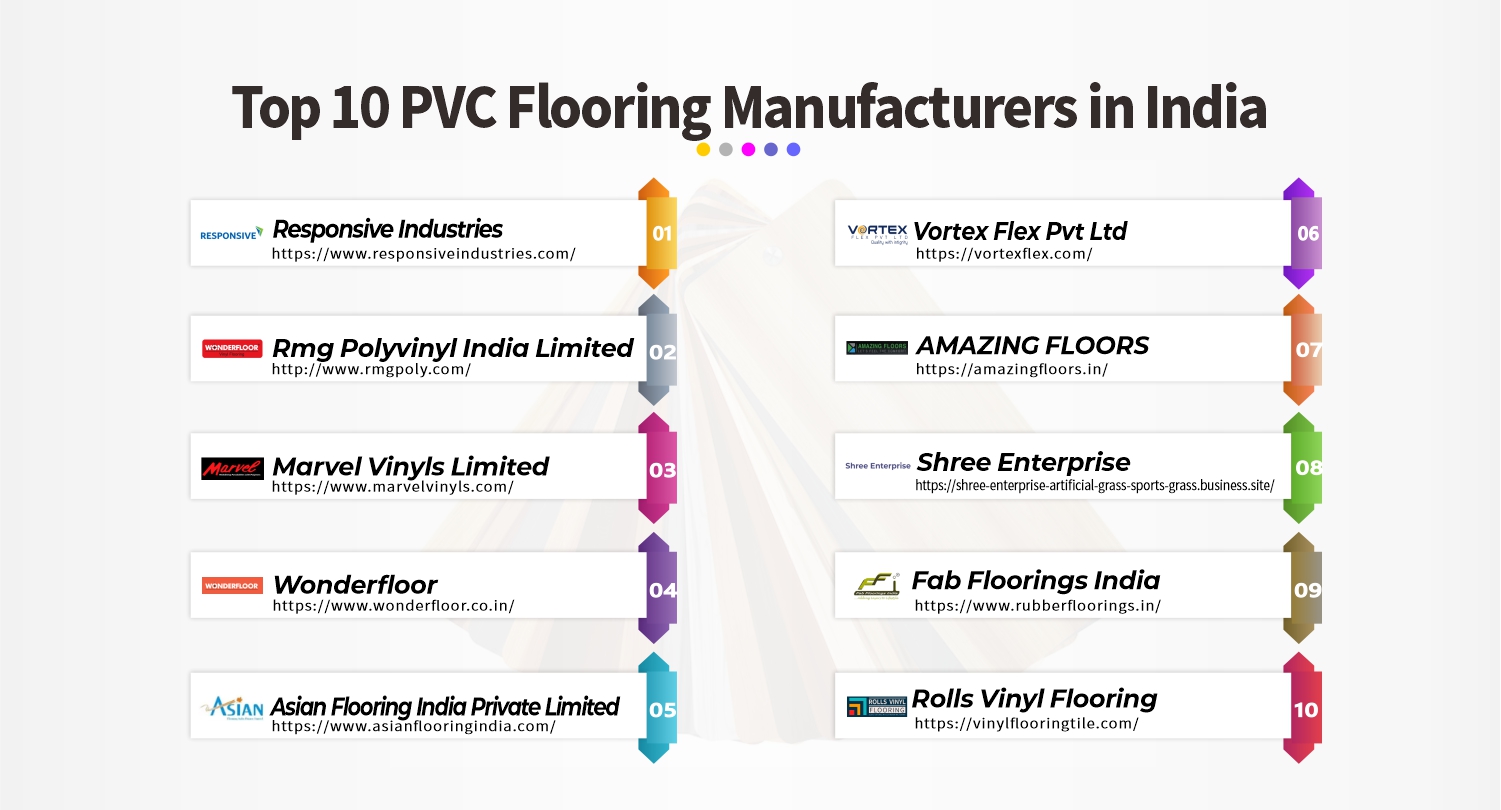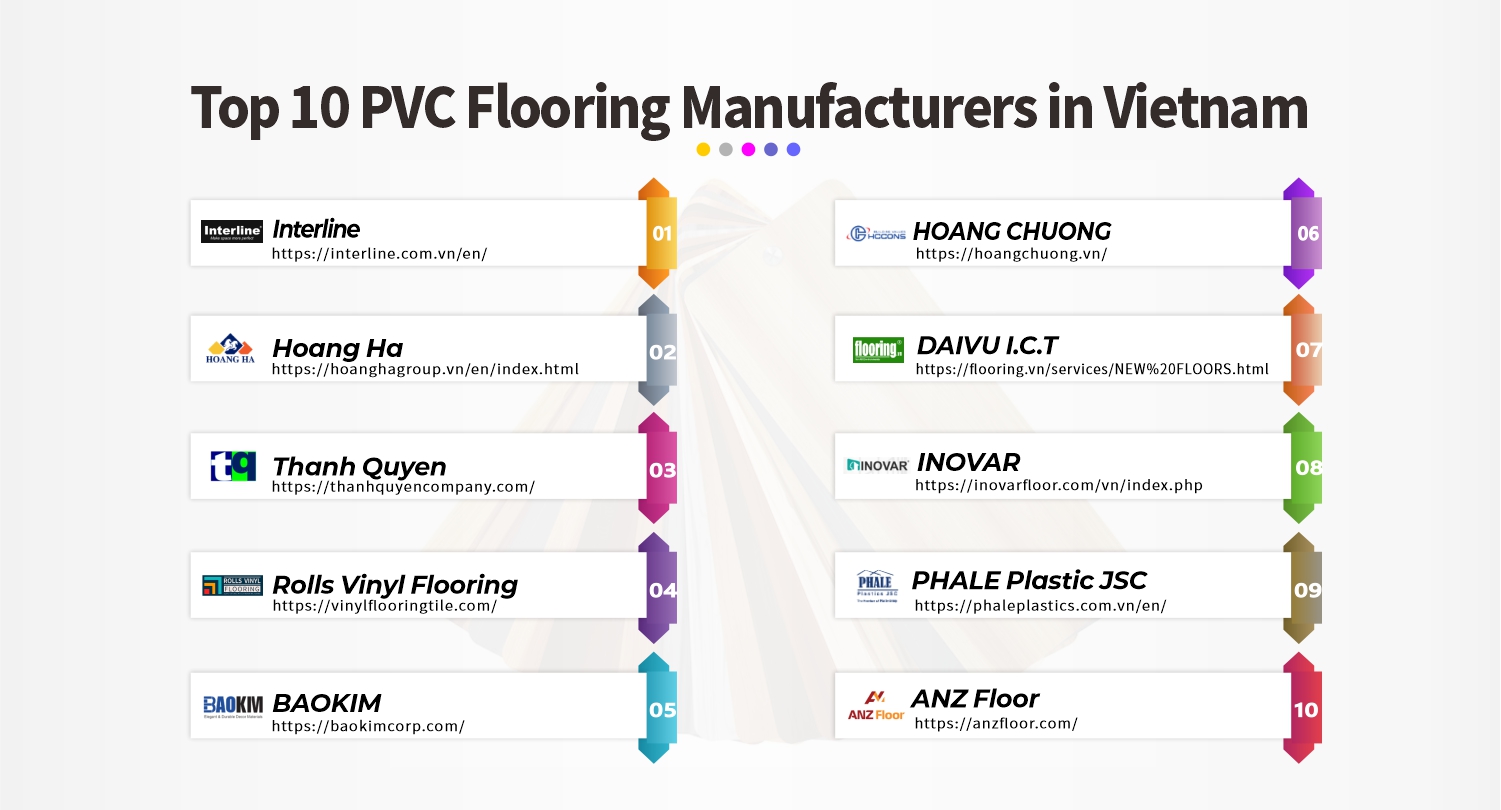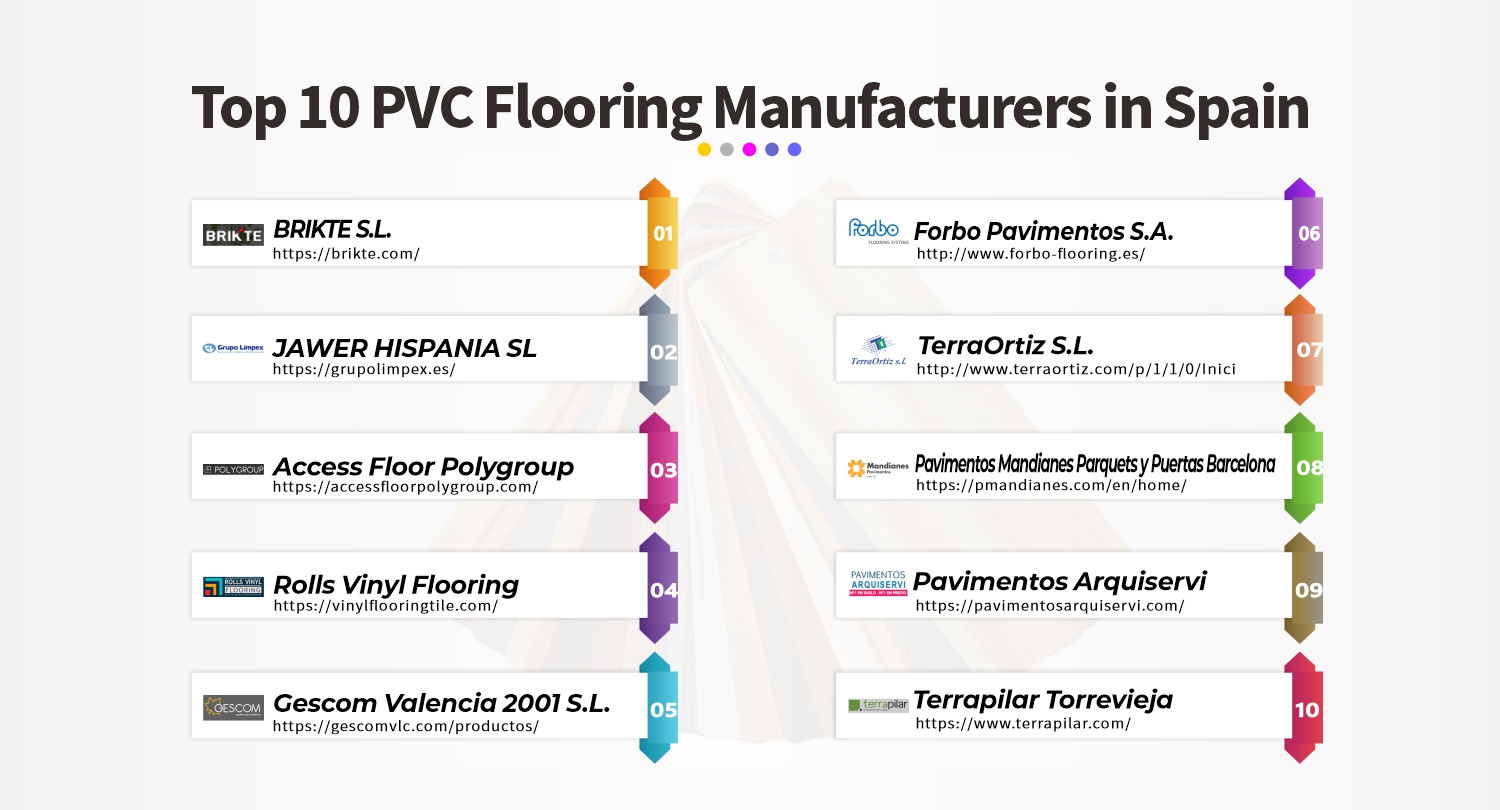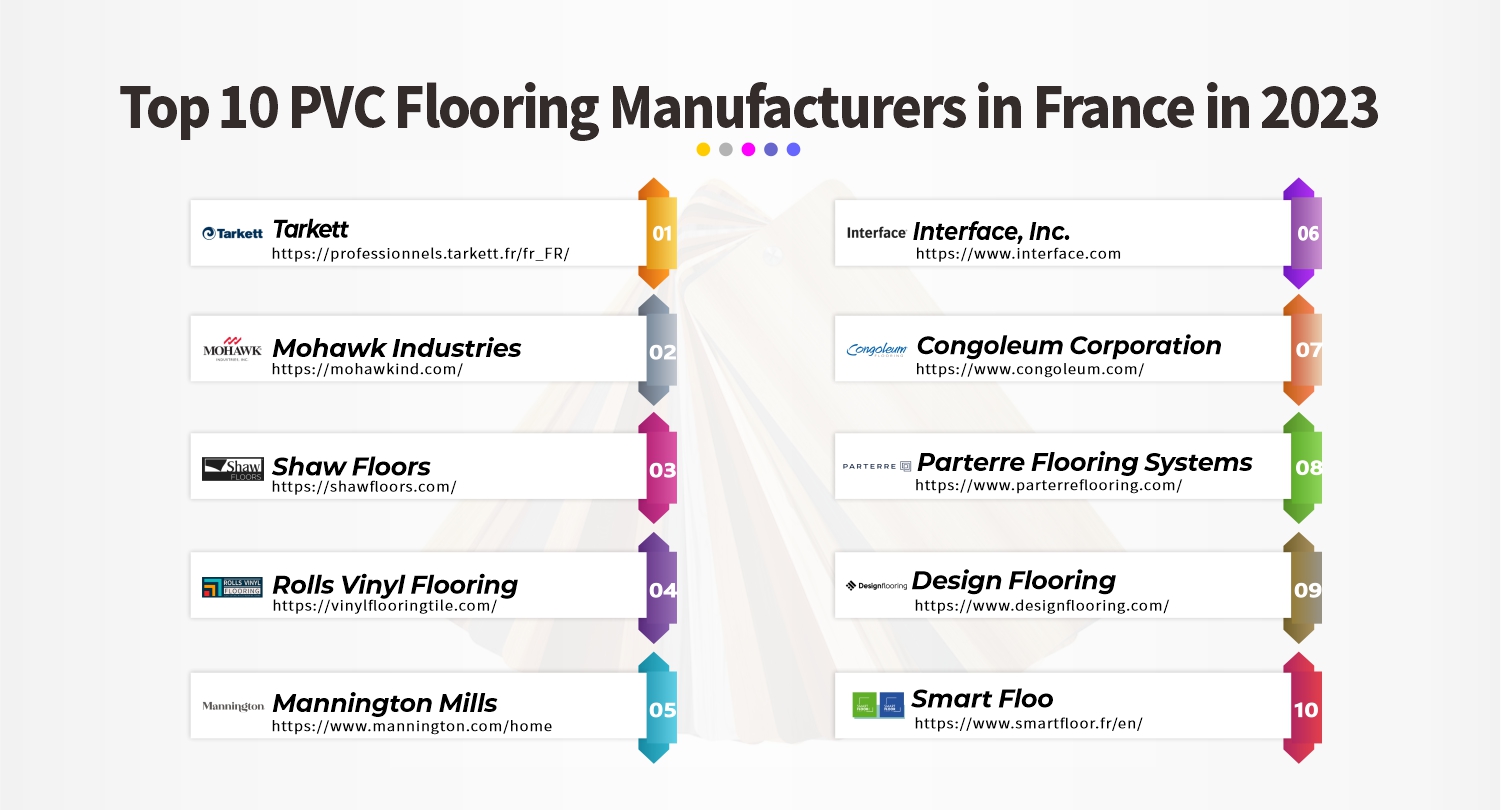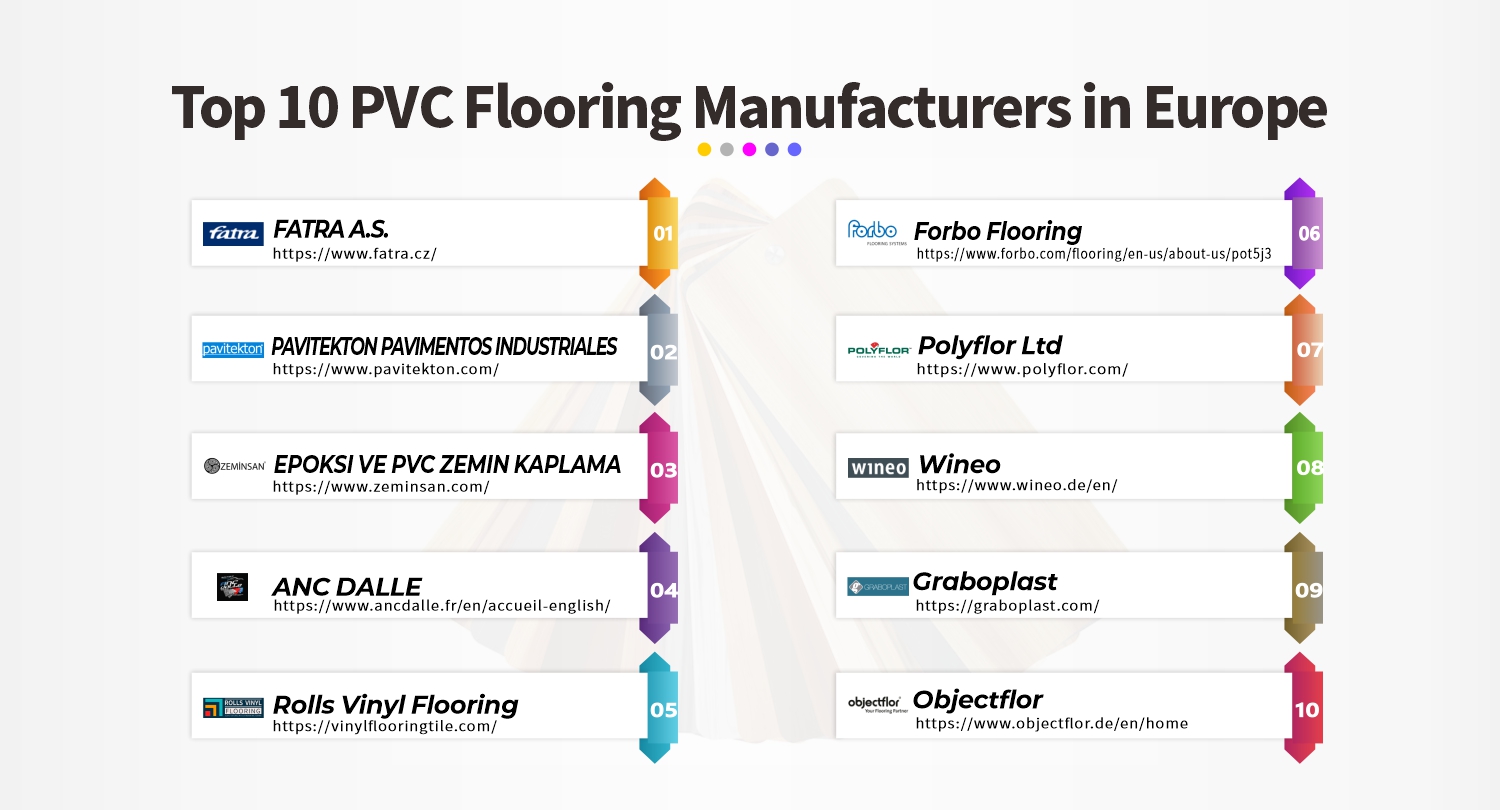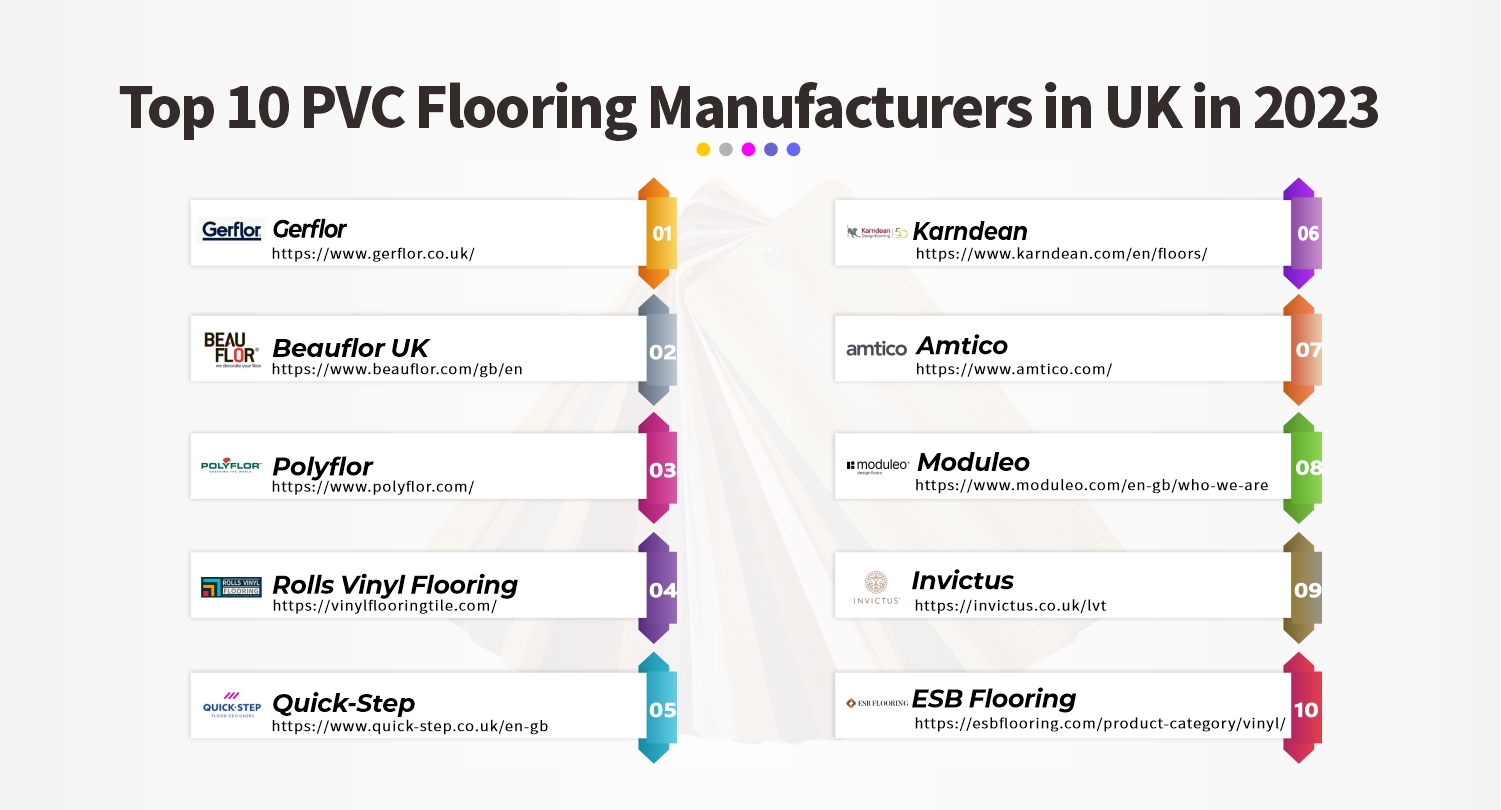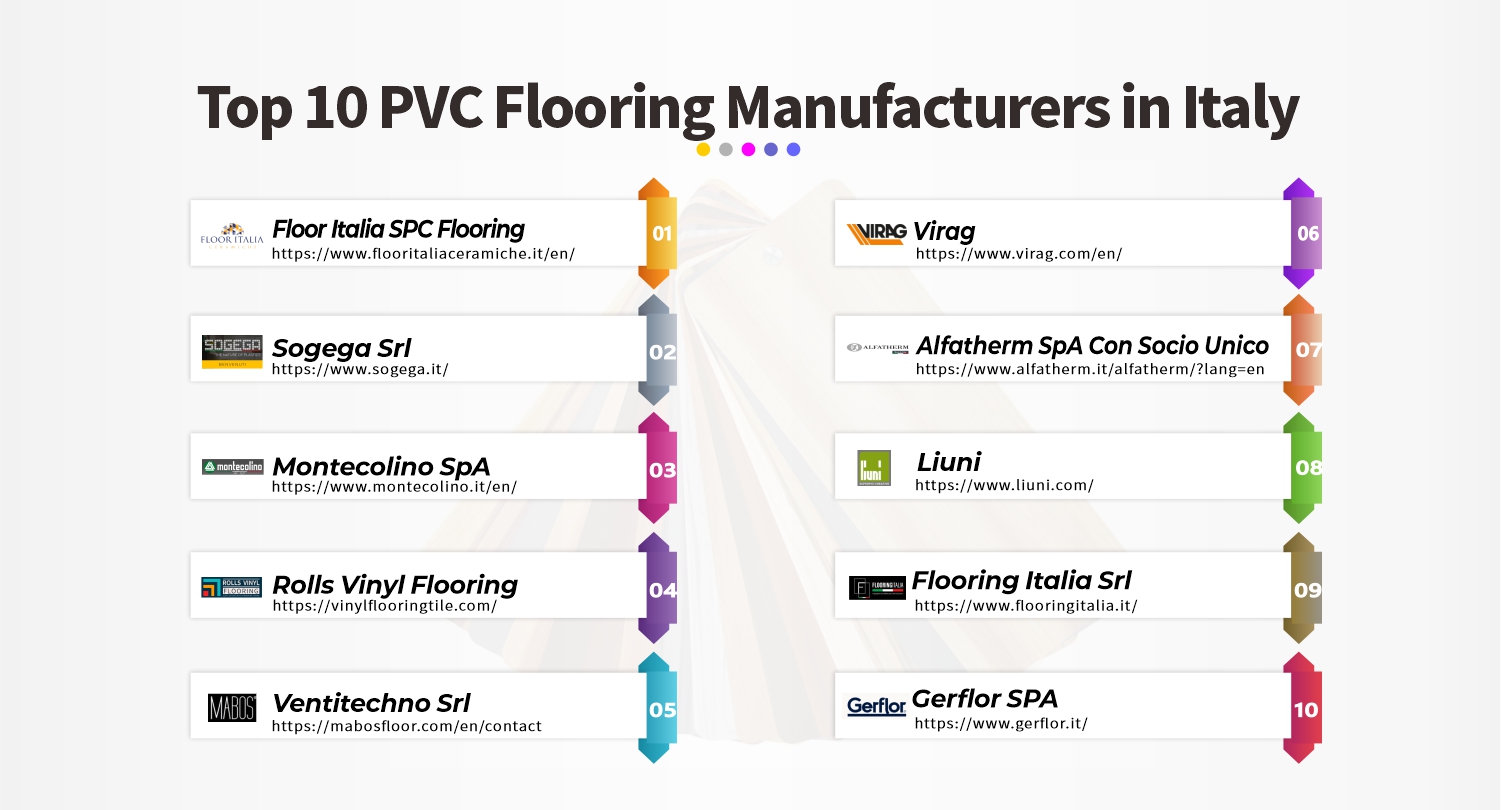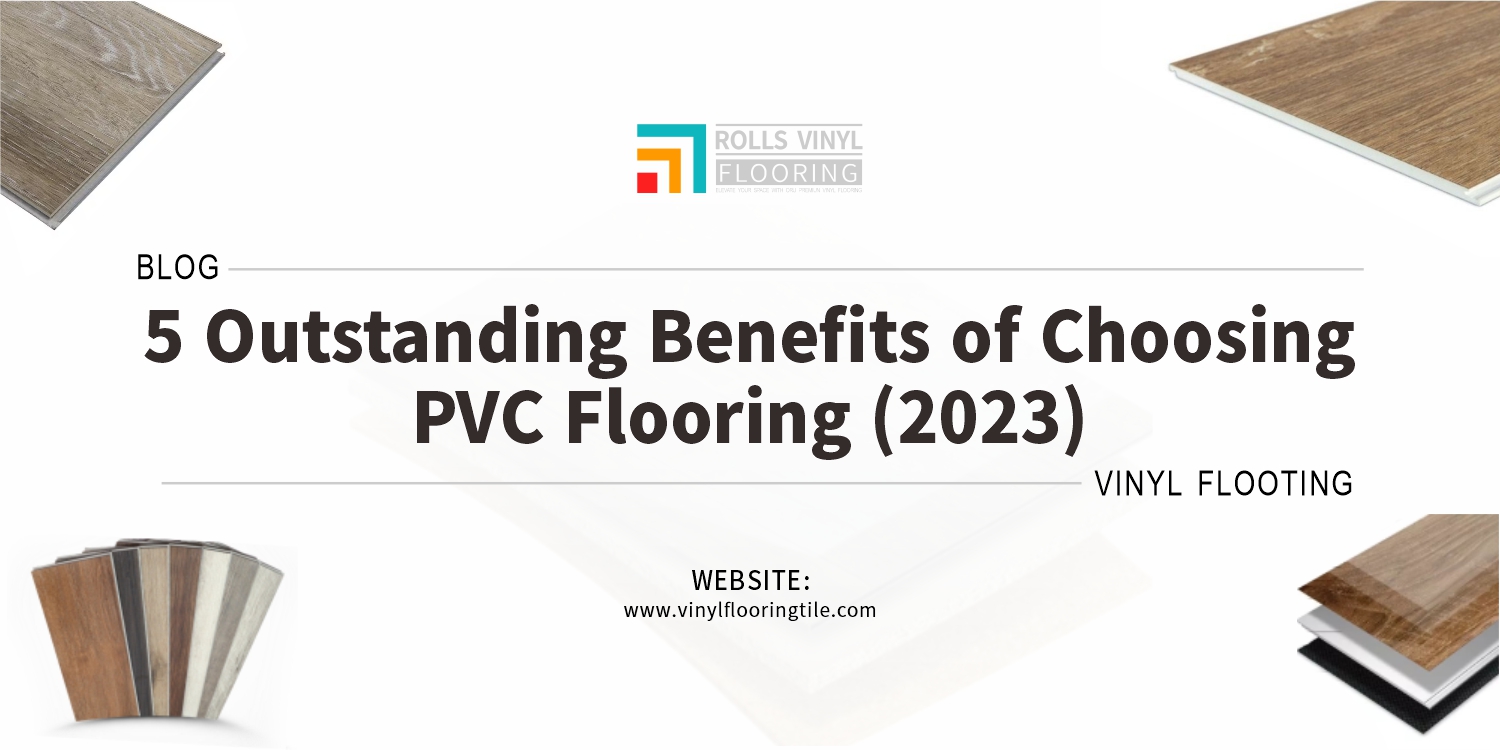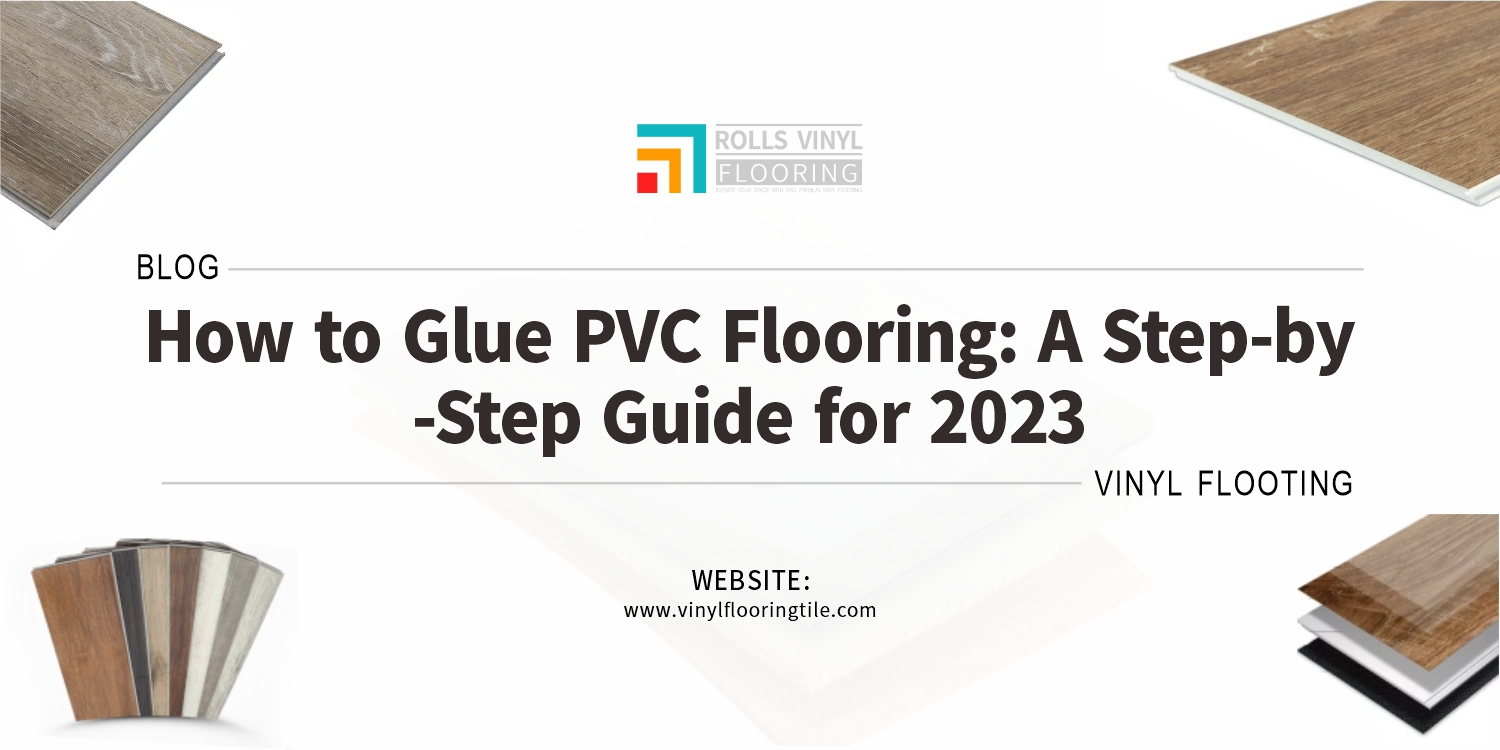As customers are getting pickier, choosing the right flooring for your home is becoming increasingly difficult. LVP or LVT? Each comes with its own set of advantages and disadvantages. This article aims to simplify things for you and help you decide the perfect flooring for your home.
LVP, or Luxury Vinyl Plank, is a synthetic flooring that mimics hardwood. It comes in planks and is waterproof, making it ideal for high-moisture areas like bathrooms and kitchens. LVT, or Luxury Vinyl Tile, is similar to LVP but mimics tile. It comes in tiles and is best suited for areas with low-moisture levels. Both have a few things in common: they are easy to install, clean, and affordable.
We’ll take a closer look at the pros and cons of each flooring type and provide helpful tips to help you make the best decision.
1. Definition of Luxury Vinyl Tile (LVT) and Luxury Vinyl Plank (LVP) Flooring
Luxury Vinyl Tile (LVT) and Luxury Vinyl Plank (LVP) Flooring are both types of resilient flooring that provide a high-end and luxurious look to any room. Resilient flooring is made from synthetic materials that are highly durable and can withstand wear and tear over time. LVT and LVP both consist of several layers, including an aesthetic layer composed of high-quality visuals that can mimic the look of hardwood, stone, or ceramic tile; a wear layer for resistance to scratches, scuffs, and fading; a core layer for durability; and a backing layer for sound absorption.
LVT
LVT is designed with tiles typically 12 “x12” in size, while LVP comes in planks of various lengths. Both products are easy to install as they come with interlocking edges that allow them to click into place without needing glue or other adhesives. In addition, they don’t require any grout, which helps keep their installation costs low.
LVP
Both LVT and LVP have excellent moisture resistance, meaning they won’t swell or warp if exposed to water or spills. This makes them ideal for bathrooms, kitchens, basements, and laundry rooms that can receive more exposure than other areas in the home. Furthermore, because these products are made from synthetic materials, they do not harbor dust or allergens like other flooring options such as carpets or natural wood floors may.
2. LVT vs. LVP: The Appearances
Luxury Vinyl Tile (LVT) and Luxury Vinyl Plank (LVP) Flooring offer a beautiful, high-end look to any room. However, there are some key differences between the two in terms of aesthetics that homeowners should consider when deciding which product is right for them.
LVT Appearances
Regarding LVT, tiles typically come in 12 “x12” sizes and feature an embossed-in-register texture that enhances the realism of their visuals. This makes them an excellent option for those looking to achieve a more traditional aesthetic in their home. On the other hand, LVP has planks that come in various lengths and widths and a mix of textures like hand-scraped or distressed finishes allowing it to mimic natural wood grains remarkably well. Its extended plank size also helps create larger visual continuity areas that add to its luxurious feel.
LVP Appearances
In terms of visuals, LVT offers realistic designs that mimic stone, hardwood, and ceramic tile, while LVP replicates natural wood grains with stunning detail. Both products feature a variety of colors, patterns, and textures, so there is something out there for everyone’s style preferences. Furthermore, they both offer excellent scratch resistance and protection against fading over time, ensuring that their visuals will look great for years to come.
3. LVT vs. LVP: Waterproofing
Regarding waterproofing, Luxury Vinyl Tile (LVT) and Luxury Vinyl Plank (LVP) Flooring offer excellent protection against moisture. This makes them ideal for areas in the home that can receive more exposure than other rooms, such as bathrooms, kitchens, basements, and laundry rooms.
The layer of vinyl in LVT and LVP provides an effective barrier against liquid spills, ensuring that it won’t swell or warp like other flooring options if exposed to water. In addition, they are also resistant to mold and mildew, which helps keep their installation area safe from health hazards. Furthermore, this same layer helps protect against staining, ensuring that their visuals will look great for years to come.
Also, LVT and LVP are easy to clean and maintain due to their smooth surfaces. Most messes can be wiped away easily with a damp cloth, so there is no need for harsh chemicals or scrubbing tools. For more stubborn stains, they may require a bit of elbow grease, but they should still be fairly easy to deal with.
4. LVT vs LVP: Installation
Installing Luxury Vinyl Tile (LVT) and Luxury Vinyl Plank (LVP) Flooring can be an easy do-it-yourself project for homeowners looking to update their homes. Both products use a floating system, which means that they are installed without the need for adhesives or nails. LVT tiles typically come in 12 “x12” sizes and require only a few tools to complete the job. On the other hand, LVP planks come in various lengths and widths but can still easily be cut down to size with basic hand tools if necessary.
The installation process for LVT and LVP is very similar; it simply involves laying out the tiles or planks on the floor in whatever pattern desired and then clicking them together using a special locking mechanism. This makes them incredibly quick and easy to install compared to hardwood floors or ceramic tiles, which often require complicated adhesives, grouts, and nailing or stapling. Additionally, since no adhesive is used during installation, either product can be uninstalled quickly should any repairs or changes need to be made.
5. LVT vs. LVP: Care and Cleaning
Regarding caring and cleaning, Luxury Vinyl Tile (LVT) and Luxury Vinyl Plank (LVP) Flooring offer an easy-to-maintain solution for any home. Both products are designed with a protective layer of vinyl that helps keep their visuals looking great for years to come. In addition, this same layer facilitates easy maintenance as most messes can be wiped away easily with a damp cloth or soapy water. Furthermore, neither product requires harsh chemicals or scrubbing tools for more stubborn stains, which helps preserve their long-lasting beauty without causing damage to their surface.
Unlike other flooring materials such as hardwood or ceramic tiles, LVT and LVP require little effort in upkeep as they do not need to be polished or waxed regularly like these other options. Furthermore, due to their waterproofing properties, both products are highly resistant to mold and mildew, making them ideal for areas in the home that receive more exposure, such as bathrooms, kitchens, basements, and laundry rooms. This provides homeowners with added peace of mind knowing they won’t have to worry about their floors becoming damaged from liquid spills or prolonged exposure to moisture.
6. LVT vs. LVP: Durability and Maintenance
Luxury Vinyl Tile (LVT) and Luxury Vinyl Plank (LVP) Flooring provide homeowners with an easy-to-maintain and durable solution for any home. Both products are made from layers of vinyl that give them superior protection against wear and tear, as well as liquid spills and moisture. Additionally, they are resistant to fading, staining, and other forms of damage due to their protective layer, which helps keep the visuals looking great for years to come.
In terms of maintenance, both LVT and LVP offer easy cleaning solutions that require minimal effort on the homeowner’s part. While hardwood floors require regular polishing and waxing, these two products do not due to their waterproofing properties, which allow messes to be wiped away simply with a damp cloth or soapy water. Neither product requires harsh chemicals or scrubbing tools for more stubborn stains, making them ideal for areas in the home that receive more exposure, such as bathrooms, kitchens, basements, and laundry rooms. Furthermore, due to their resistance to mold and mildew, these products are highly durable, even in areas prone to high humidity.
7. LVT vs. LVP: Lifespan
Luxury Vinyl Tile (LVT) and Luxury Vinyl Plank (LVP) Flooring are well-known for their long lifespans, making them a great choice for those looking to invest in lasting flooring. Though there is variation between different manufacturers and products, both types of flooring have been proven to have lifespans of several decades with proper care and maintenance.
In terms of durability, LVT and LVP flooring are both highly resistant to wear and tear as well as liquid spills due to the vinyl’s protective layer beneath the surface. This same layer also helps preserve the visuals of the flooring for a longer period by preventing fading, staining, and other forms of damage. Furthermore, thanks to their waterproof properties, they can resist mold and mildew growth which can cause early deterioration in other materials, such as hardwood or ceramic tiles.
Given their easy cleaning requirements and natural resistance against moisture, it is easy to see why LVT and LVP Flooring offer such great longevity compared to other flooring materials. Neither product requires difficult upkeep tasks such as polishing or waxing, which helps ensure their long-lasting beauty without causing any damage to their surface. Additionally, since these two products do not need to be replaced often, it saves homeowners money in the long run as they won’t need to invest in frequent repairs or replacements over time like they would with other options.

Choosing the right flooring can be a difficult decision, but with our helpful guide, you can make an informed choice. We’ve listed the pros and cons of each flooring type so that you can make the best decision for your home.


